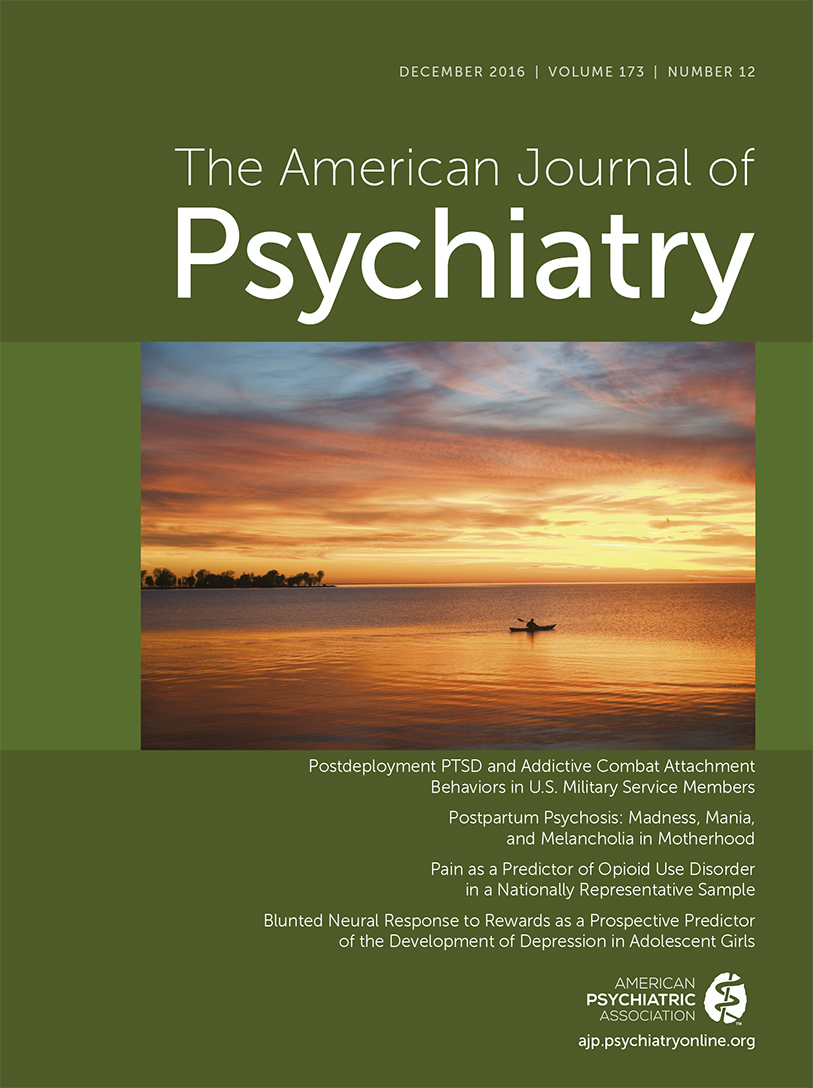Abstract
Objective:
The authors sought to ascertain the relationship between moderate and more severe pain and prescription opioid use disorders in the noninstitutionalized U.S. population.
Method:
A structural equation model was used to assess prospectively the interdependency of pain and prescription opioid use disorder at waves 1 (2001–2002) and 2 (2004–2005) of the National Epidemiologic Survey on Alcohol and Related Conditions. Pain was measured with a 5-point scale of pain-related interference in daily activities and dichotomized as “no pain” (no or little interference) or “pain” (moderate to extreme interference). Prescription opioid use disorder was assessed with a structured interview (the Alcohol Use Disorder and Associated Disabilities Interview Schedule–DSM-IV version). Other covariates included age, sex, anxiety or mood disorders, and family history of drug, alcohol, and behavioral problems.
Results:
In the structural equation model, pain and prescription opioid use disorders were significantly associated with one another at baseline and at 3-year follow-up. However, whereas pain at baseline was also significantly associated with prescription opioid use disorder at follow-up, prescription opioid use disorder at baseline was not associated with pain at follow-up. These associations were independent of several background demographic and clinical characteristics. The path for pain interference was associated with a 41% relative increase in the risk of developing a prescription opioid use disorder.
Conclusions:
Painful conditions contribute to the risk of prescription opioid use disorders. To help reduce the incidence of prescription opioid abuse and dependence among adults with moderate to severe pain, careful monitoring and consideration of nonopioid alternative treatments is warranted.



